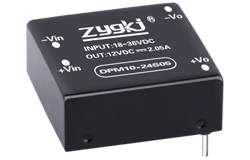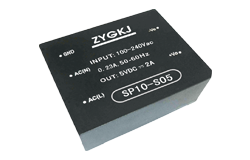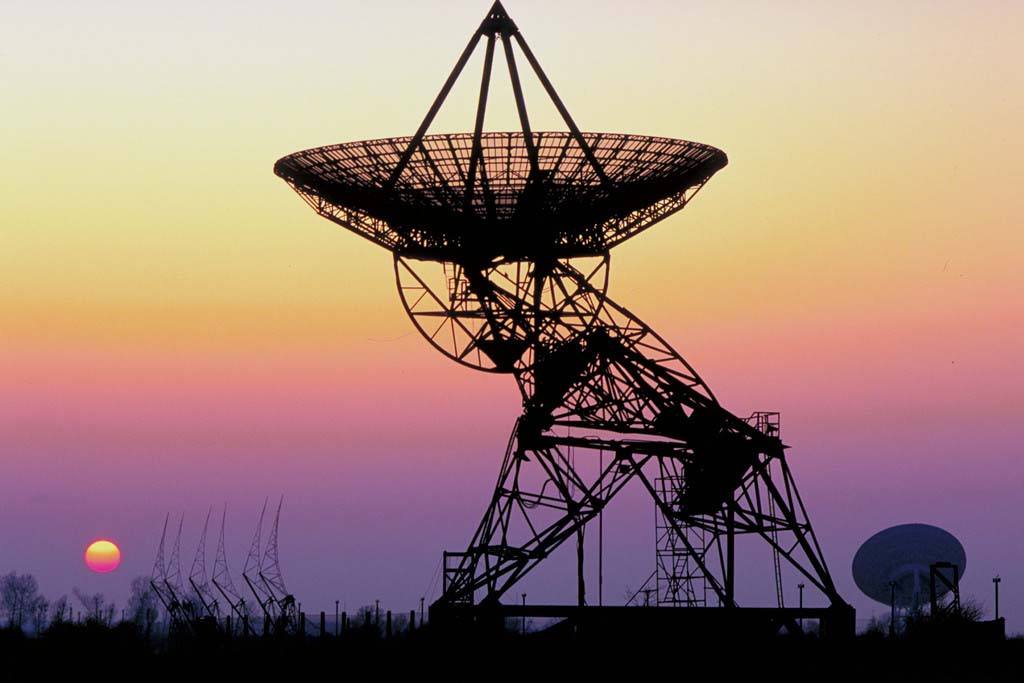albisteak
Customized Electric Power Series: Harnessing the Energy Revolution
Egilea: ZYG Power Module Time: 2023-8-18
Introduction:
In recent years, the world has witnessed a growing demand for electricity, driven by population growth, urbanization, and industrialization. However, this surge in demand has also led to increased concerns about the sustainability, cost, and environmental impact of traditional energy sources. As a result, there has been a significant push towards harnessing the energy revolution – the adoption of cleaner and renewable sources of electric power. In this article, we will explore the various technologies and advancements that are paving the way for a sustainable energy future.
1. Solar Power:
Solar power has emerged as one of the most promising sources of renewable energy. With the advancements in photovoltaic (PV) technology, solar panels have become more efficient and affordable. Additionally, the installation of solar farms and rooftop solar panels has expanded exponentially. Solar power offers numerous benefits, including reduced greenhouse gas emissions, low operating costs, and decentralized generation. With further research and development, solar power has the potential to become the primary source of electricity globally.
2. Wind Power:
Wind power has been harnessed for centuries, but recent innovations have made it a viable contender in the energy revolution. The development of larger and more efficient wind turbines, along with improved grid integration, has expanded the capacity of wind farms. Offshore wind farms, in particular, have gained popularity due to their higher wind speeds and reduced visual impact. Wind power is abundant, clean, and can be a significant source of electricity in regions with favorable wind conditions.
3. Hydroelectric Power:
Hydroelectric power has been a reliable source of electricity for decades. By harnessing the energy from flowing water, hydroelectric power plants generate electricity without emitting greenhouse gases. However, the construction of conventional dams can have significant environmental impacts, leading to the development of innovative solutions. Run-of-river systems, tidal power, and small-scale micro-hydro projects are emerging as sustainable alternatives, providing electricity while minimizing ecological disruption.
4. Geothermal Power:
Geothermal power utilizes heat from the Earth’s core to produce electricity. This renewable energy source offers consistent power generation, with minimal carbon emissions. Geothermal power plants can be built in areas with geothermal reservoirs, typically found near tectonic plate boundaries. With the development of enhanced geothermal systems, which make use of deeper, hotter resources, geothermal power has the potential to become a more widespread energy source.

5. Biomass Energy:
Biomass energy utilizes organic matter, such as wood pellets, agricultural waste, and dedicated energy crops, to generate electricity. Biomass power plants release carbon dioxide when burning these materials, but it is offset by the carbon dioxide absorbed during the growth of new biomass. Additionally, advances in technology have enabled the production of biofuels, which can be used as a cleaner alternative to fossil fuels in transportation. Biomass energy offers the advantage of utilizing waste products while reducing the reliance on fossil fuels.
Conclusion:
The energy revolution is well underway, and the adoption of cleaner and renewable sources of electric power is a major step towards a sustainable future. Solar power, wind power, hydroelectric power, geothermal power, and biomass energy all offer unique advantages and contribute to reducing greenhouse gas emissions. Governments, businesses, and individuals must continue to invest in research, development, and infrastructure to ensure a smooth transition to these renewable sources. By harnessing the energy revolution, we can secure a brighter and cleaner future for generations to come.
Aurrekoa: Buy discount AC DC Converter SP Series: Efficient Power Conversion for Your Electronic Devices
informazio garrantzitsua
-
2023-4-12
Creating an AC-DC Converter: A Guide to Converting Alternating Current to Direct Current
If you work with electronics, you may find yourself needing to convert AC (alternating current) to DC (direct current) at some point. This can be done with a simple AC-DC converter circuit. In this guide, we walk you through the process of creating your own converter circuit. First things first, let\ explain the difference between AC and DC. Alternating current is the kind of electricity that comes out of your wall socket. It oscillates back and forth, changing direction 50 or 60 times per second. Direct current, on the other hand, flows in one direction only. Most electronic devices require DC to function. To create an AC-DC converter, you need a few basic components. These include a transformer, a diode...
Ikusi xehetasunak -
2023-7-14
Introducing the ZP Series: Your Ultimate AC DC Converter Solution
In today's fast-paced world, where technology is constantly evolving, having a reliable and efficient AC DC converter is essential. Whether it is for powering your electronic devices or ensuring a stable power supply for industrial applications, the right converter can make all the difference. That is why we are proud to present the ZP Series – your ultimate AC DC converter solution. The ZP Series is designed to meet the growing demands of diverse industries, providing a seamless conversion between alternating current (AC) and direct current (DC). With its cutting-edge technology and innovative features, this series offers unparalleled performance, efficiency, and reliability. One of the key highlights of the ZP Series is its exceptional efficiency. The converters in this series...
Ikusi xehetasunak -
2023-12-13
Versatile Adjustable Power Supply Module for Diverse Electrical Applications
The demand for electrical power supplies that can cater to diverse applications is increasing rapidly. In response to this, a versatile adjustable power supply module has been developed to meet the various needs of the electrical industry. This article aims to explore the features and benefits of this module, highlighting its importance in different electrical applications. Features: The versatile adjustable power supply module comes with several key features that make it suitable for a wide range of applications. Firstly, it offers adjustable voltage and current output, allowing users to customize the power supply according to their specific requirements. This flexibility is particularly useful in applications that require different voltage levels or varying current intensities. Moreover, the module is designed to...
Ikusi xehetasunak -
2023-4-14
AC-DC bihurgailua: Korronte alternoa korronte zuzen bihurtzea
An AC-DC converter, also known as a rectifier, is a device used to convert alternating current (AC) to direct current (DC). This is an important process as many electronic devices require DC power to operate. In this article, we will discuss the working principle, types, and applications of AC-DC converters. Working Principle: The working principle of an AC-DC converter is based on the fact that diodes conduct current in only one direction. A diode is a semiconductor device that allows current to flow in one direction but blocks it in the opposite direction. The basic AC-DC converter circuit consists of four diodes connected in a bridge configuration called a full-wave rectifier. When an AC voltage is applied to the input...
Ikusi xehetasunak -
2023-12-6
Fully Modular Power Supply: The Ultimate Solution for Custom Cable Management
Cable management is an essential aspect of building a clean and organized computer system. Messy cables not only obstruct airflow and make maintenance difficult but also give an unprofessional and cluttered appearance. In recent years, the demand for custom cable management has increased, leading to the development of fully modular power supplies. These power supplies offer the ultimate solution for custom cable management, allowing users to create a sleek and efficient system tailored to their needs. What is a Fully Modular Power Supply? A fully modular power supply is a type of computer power supply that allows users to detach and connect cables as needed. Unlike non-modular power supplies, where all cables are permanently attached, fully modular power supplies feature...
Ikusi xehetasunak -
2023-4-22
Building a 120V AC Power Supply for 3V DC Output
Building a 120V AC Power Supply for 3V DC Output If you need a 3V DC power supply, there are a lot of options to choose from. However, if you want to build one yourself, you can do it with a few simple components. Here\'s how to build a 120V AC power supply for a 3V DC output. Step 1: Gather Your Materials To build a 120V AC power supply for a 3V DC output, you\'ll need the following components: - Transformer with a 120V AC primary and a secondary output of 3V AC - Rectifier diode (1N4007) - Capacitor (1000uF, 25V) - Voltage regulator IC (LM7803) - Heat sink for the voltage regulator - Resistor (240 ohm) Step 2:...
Ikusi xehetasunak


















